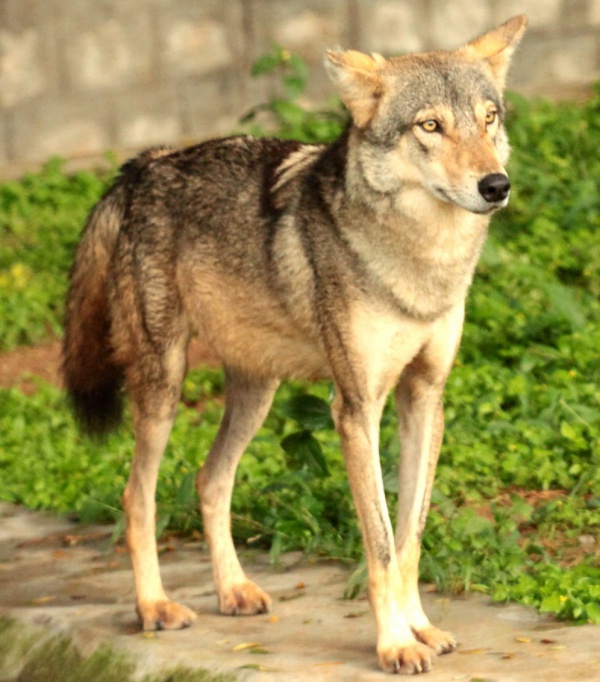Facts About Indian wolf
The Indian wolf, a subspecies of the grey wolf, roams the landscapes of Southwest Asia and the Indian Subcontinent. Unlike its European and Arabian relatives, the Indian wolf is smaller and doesn't sport a thick winter coat, owing to the warmer climates it inhabits. There's even a genetically distinct variant, known as the Indian plains wolf, which some experts propose should be classified as a separate species.
Unlike the larger packs typical of other wolf species, Indian wolves travel in smaller groups. They are also less vocal but compensate with their cunning behavior. First described in 1831, the Indian wolf was later classified under Canis lupus. Intriguingly, there is evidence of gene flow between Indian wolves, African golden wolves, golden jackals, and grey wolves.
Currently, the Indian wolf is considered endangered, with an estimated population of only 2,000 to 3,000 individuals. They are found across parts of West Asia and the Indian subcontinent. These wolves have a greyish-red coat and are smaller than their European counterparts. They typically hunt antelopes, rodents, and hares, often working in pairs to increase their hunting success.
The Indian wolf shares its habitat with a variety of other wildlife species. Being nocturnal, they have adapted their hunting strategies to suit different prey. Unfortunately, their interactions with humans haven't always been peaceful. There have been incidents of Indian wolves preying on children, which has led to conflicts and persecution. When natural prey is scarce, they also target livestock, further straining their relationship with local communities.
Despite these conflicts, the Indian wolf is known for its intelligence and cunning, traits celebrated in local folklore. They hold a special place in Hindu mythology and Iranian culture and even make an appearance in Rudyard Kipling's famous "The Jungle Book" series.
Conservation efforts are crucial to protect these endangered wolves and to find ways to mitigate human-wolf conflicts. By understanding and protecting the Indian wolf, we can ensure that this fascinating animal continues to be a part of our world's rich biodiversity.

 Iraq
Iraq